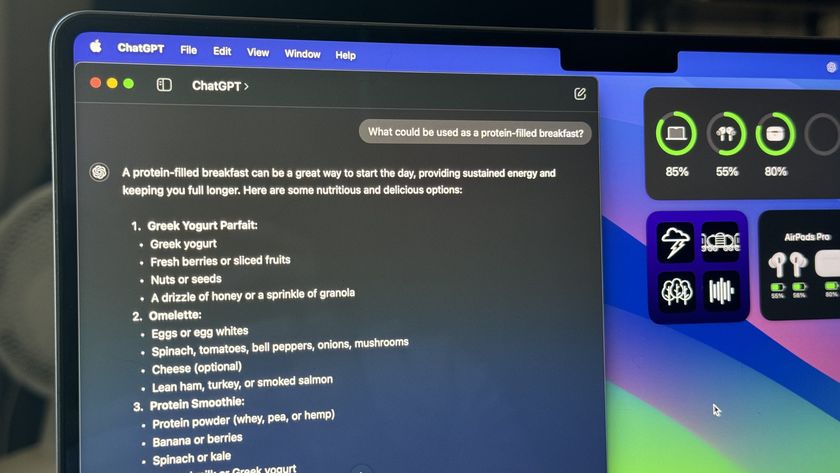iWork regains its AppleScript mojo but there's still work for Apple to do

With its latest iWork update, Apple has made most AppleScript users happy. Hopefully it'll take remaining complaints as seriously
As Apple released OS X 10.9 Mavericks last fall they also introduced new versions of their iWork applications — Keynote, Pages and Numbers. The new release created major disruptions for long-time iWork users who depended on automation workflows that were no longer available in the new releases.
Out with the old, in with the new
iWork was long in the tooth: The last significant revisions to the apps were made four years before in 2009. But the underlying code that made the applications run was much older than that. Much had changed in the intervening years, including the explosive growth of iOS.
Apple developed iWork apps for iOS that worked and lived separately from their OS X counterparts, and there was no shared code between them. Apple erased that barrier completely by standardizing the new OS X apps on their iOS counterparts, but there were a host of changes that were at least initially unwelcome by long-time iWork users. The application interfaces changed dramatically. Transitions and builds in Keynote went missing. And most critically for some iWork users, AppleScript support suffered greatly. The initial release contained almost no AppleScript support, breaking automated workflows iWork users had depended on for years.
iWork users complained vociferously, causing to Apple to provide a six month roadmap of changes to the apps, not customary behavior for the secretive company.
Getting back to business
Apple's stuck to their promises, and has restored the apps as they said they would. A January update brought back a lot of AppleScript functionality. Another update this past week brought back most of what was missing. A common AppleScript vocabulary has been established between the iWork apps, too, making scripts more interoperable between applications.
Things aren't exactly at parity. Pages' changes were so radical that it's unlikely that will happen. But its most recent update lets you do a lot more with AppleScript than you could before. You can create a new document from a template and flow in custom text, for example, making Pages once again useful for AppleScript mavens for operations like mail merge.
Apple can and should do more to improve AppleScript support in iWork apps, but they've moved the needle enough to make Keynote, Pages and Numbers usable to the vast majority of users who were put out by the major changes implemented last fall. What's more, they've laid the groundwork for powerful integration and scripting capabilities to come.
Master your iPhone in minutes
iMore offers spot-on advice and guidance from our team of experts, with decades of Apple device experience to lean on. Learn more with iMore!
While AppleScript support was central to the newest updates for iWork apps for Mavericks, the iCloud versions of iWork apps also got some improvements in early April. Retina display has been added, along with new sharing options, the ability to open documents from iCloud Mail, and more.
Still more work to do
More work remains to be done, however. Support for OpenType is still a sore spot for Mac iWork app users. The scalable font technology was supported in iWork apps prior to the 2013 updates, but has been missing from all new iWork apps since then. Some transition problems persist in Keynote, you can't work in print preview in Numbers, and you can't do non-contiguous text selections in Pages.
Those are just three of a long list of features that are missing or broken compared to previous iWork releases. And Apple hasn't given us any indication of if or when that functionality will return.
Apple's 2013 iWork rework certainly isn't the first time the company has gutted popular apps to rework them — just ask anyone who lived through previous iMovie or Final Cut Pro transitions, for example. Even iOS 7 was a radical and unwelcome change for many users. Apple's mantra seems to be that short-term pain is worth it for its long-term engineering goals.
Bottom line: Apple deserves an A grade for restoring AppleScript functionality to iWork apps, but doesn't get better than a D grade for restoring all the features that were removed when the new apps were introduced. Apple needs to do more to fix Pages, Numbers and Keynote before I'm willing to improve that grade.












